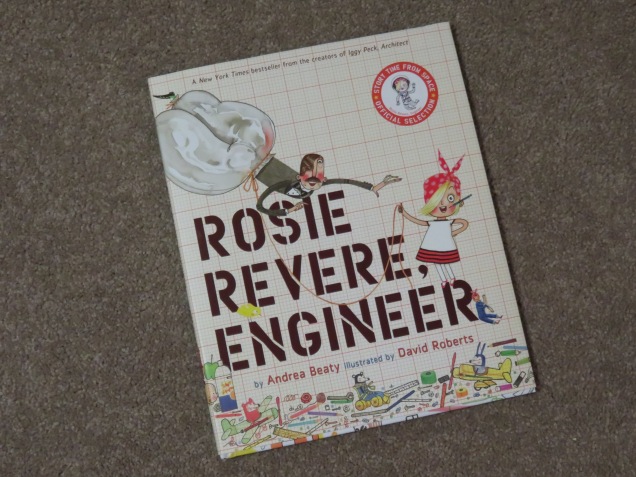This term 1V are investigating changes in the sky and landscape.
As an introduction to the unit we went outside our classroom to observe the sky and landscape around us, looking up, down, all around. We were particularly interested in looking at finding things in our environment that we thought could change.
Two different views of the sky taken by our student photographers from our playground.
We hypothesised that if the sky changed then the look of the landscape would too.
We put our theory to the test by observing and recording the changes that happened over a three day period at both a morning and afternoon time.
Wednesday- 10 am and then again at 3 pm.

Wednesday 10am

Wednesday 3pm
At 10 am we observed that the sky was bright blue and Oliver had a short shadow, dark shadow.
At 3 pm the sun had moved position. We noticed there were some fluffy white clouds in the sky and his shadow had changed direction and was much longer. One student thought the shadow was longer because Oliver had grown during the day. What a cute misconception!
Thursday- 10 am and then again at 3 pm.

Thursday 10am

Thursday 3pm
At 10 am we observed that the sky was covered in a blanket of clouds. The sun was trying to peek through but where was Oliver’s shadow?
At 3 pm the sky had cleared but there were some of those fluffy white clouds visible in the sky again along with the sun which had moved position in the sky. Oliver’s shadow was back now! It was long shadow and pointed in a similar direction to that at 3 pm on the day before.
Friday- 10 am and then again at 3 pm.

Friday 10am

Friday 3pm
At 10 am we observed that the sky was covered in some wispy white clouds. Oliver had a shadow in a similar direction to the first day but it didn’t seem to be as noticeable as it had been previously.
At 3 pm the sky was once again covered in a blanket of clouds and his shadow along with the sun had vanished.
After looking at the results 1V investigated whether there were any patterns to be observed over the three days. They realised that the sun and its position in the sky has a huge impact on the look of the landscape. The sun creates shadows of a similar size and direction at a similar time of day. Our little misconception (read above) about the shadow was cleared up when the student had the self realisation on the second day that the sun was much lower in the afternoon causing the shadow to appear longer. 1V also observed that no sun=no shadow. Clouds visible in the sky are also pretty wondrous too and they can take many shapes and forms. Is that a fluffy lamb I spot up there in the sky?
Stay tuned this term as we delve further into this unit. It’s sure to be jam packed full of fun as we explore student misconceptions and follow an inquiry method to discover the how, when and why of changes in the sky and landscape.
Creating funny body shadows is cool!


























































































































